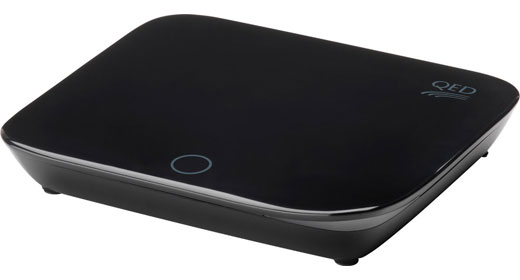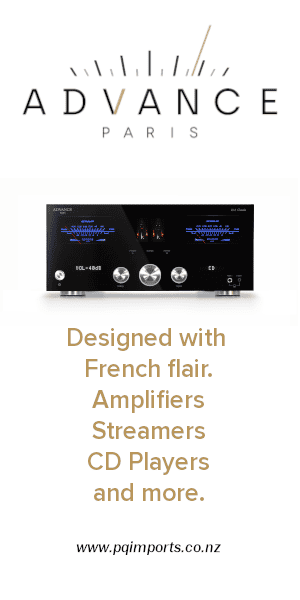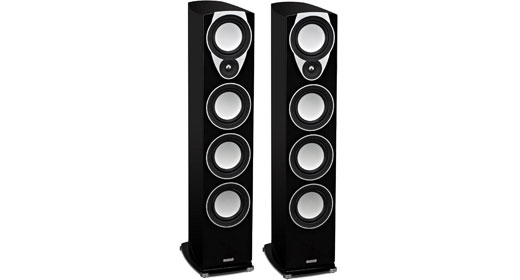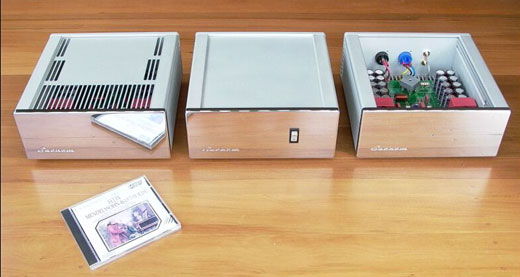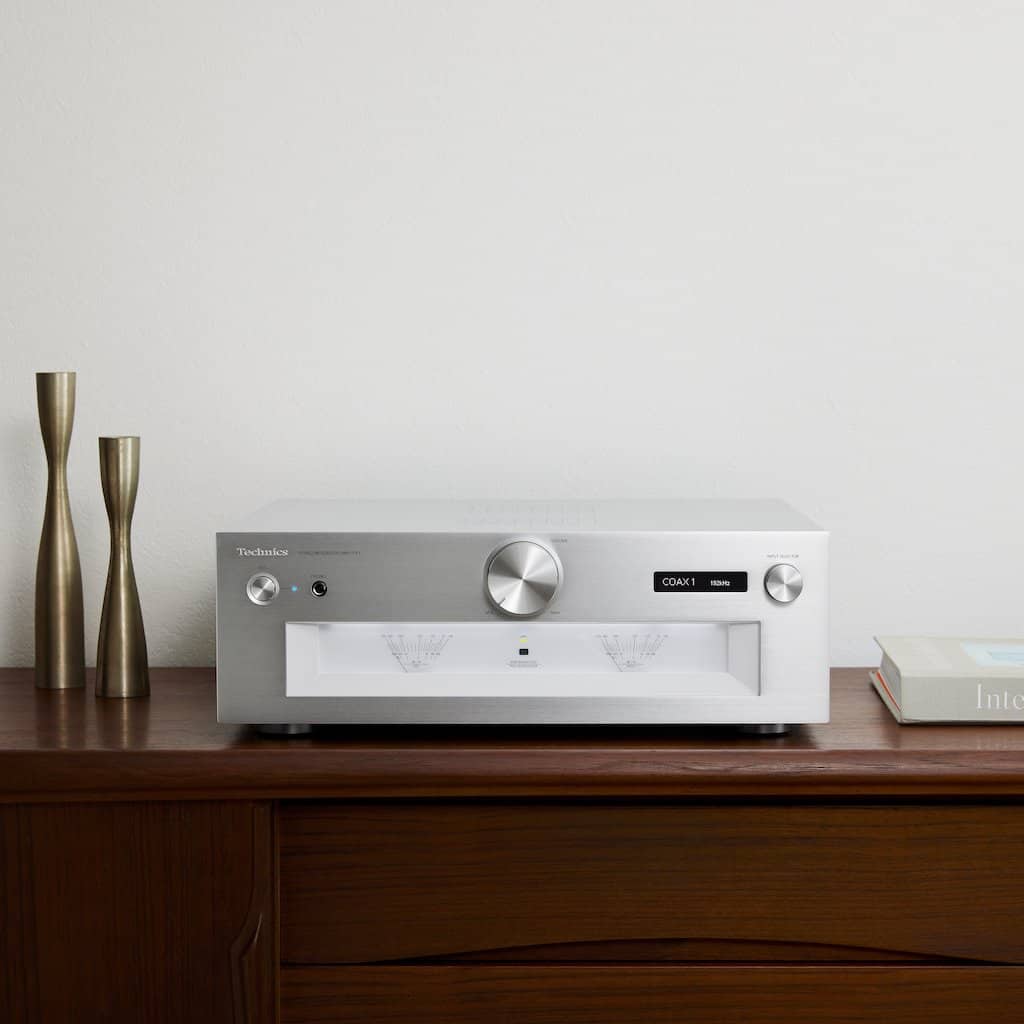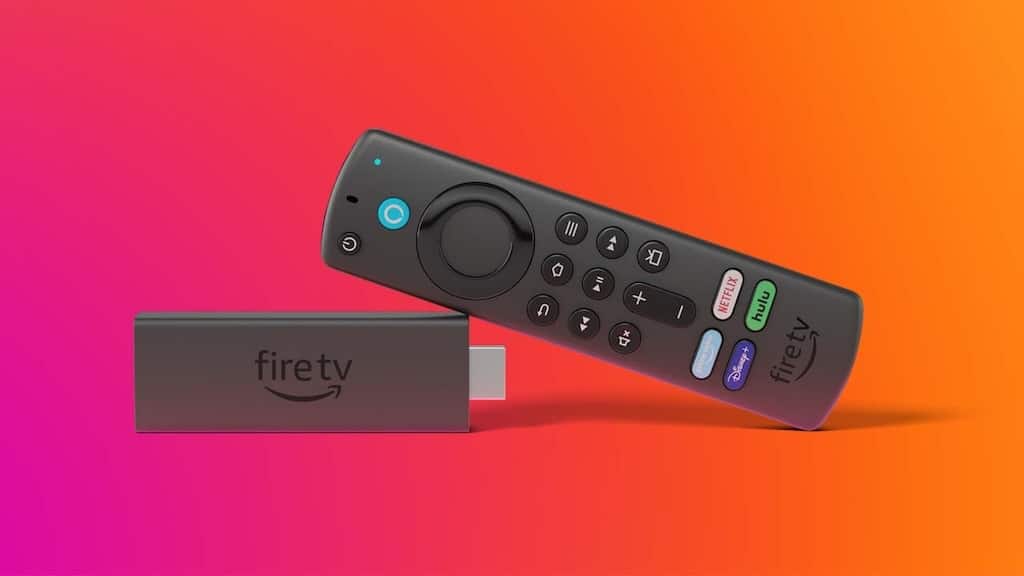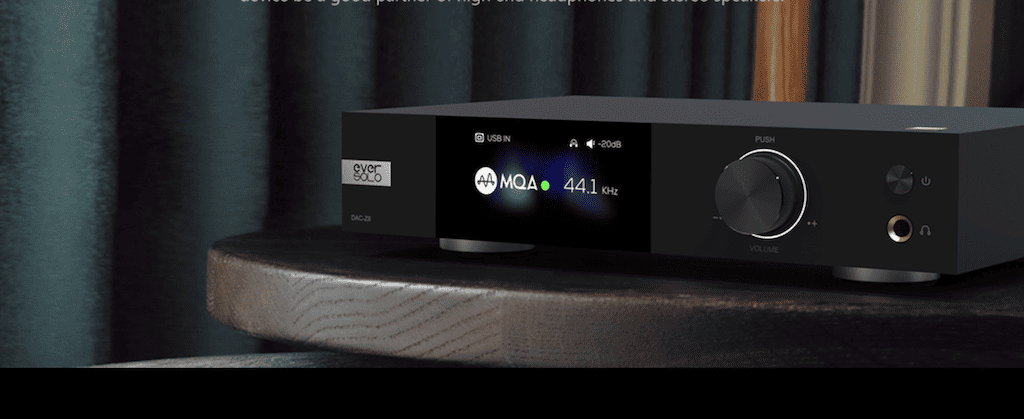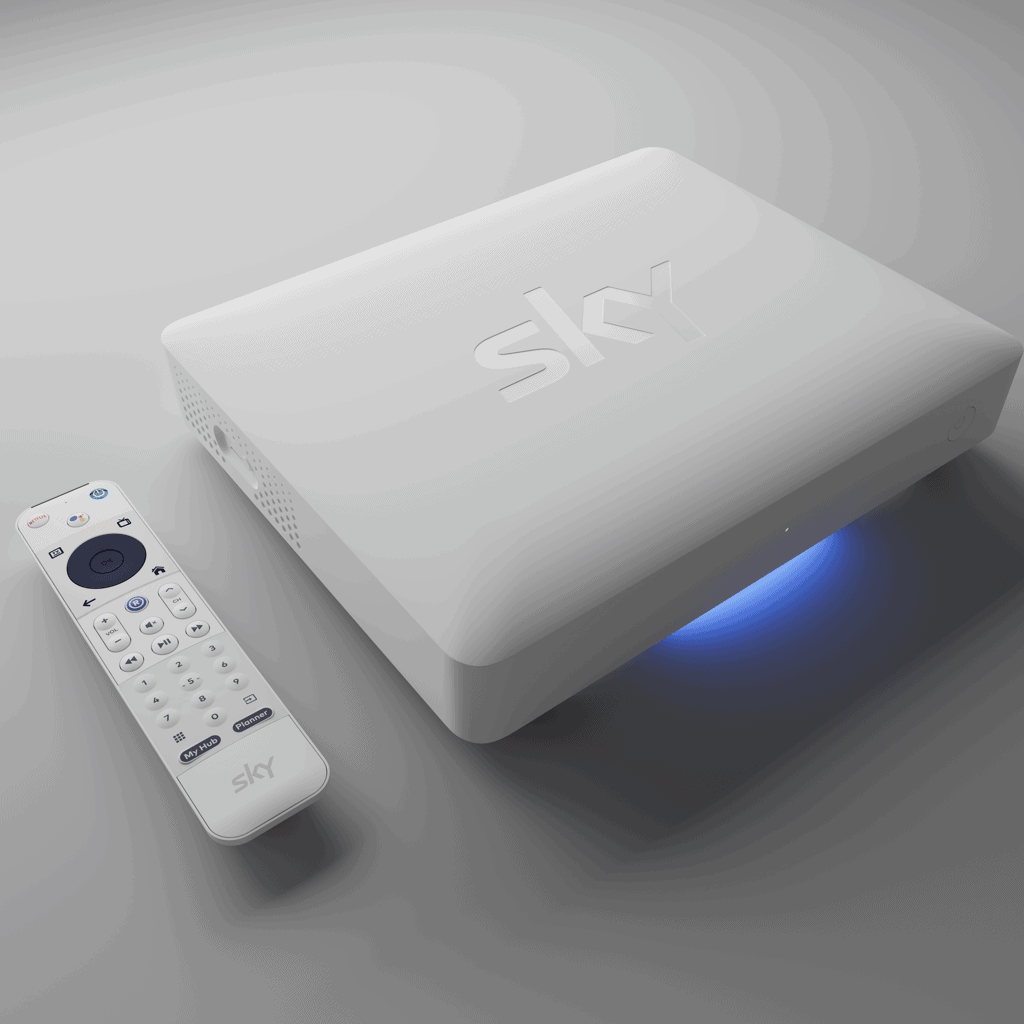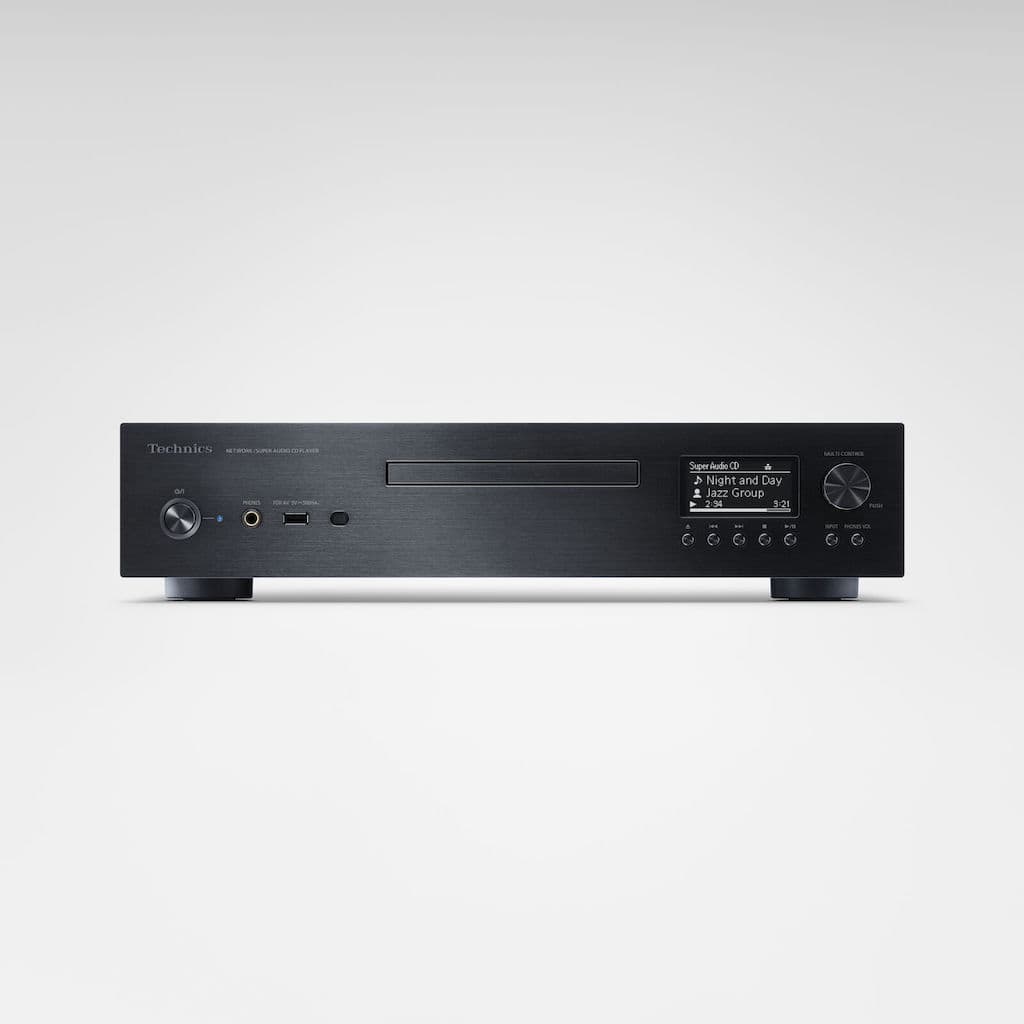$249
5 Stars
Finally, a truly paradigm shifting device that makes discovering new music a pleasure and a breeze.
THIS REVIEW CAME about because Bluetooth audio streaming has become one of the dominant sources of music in my life. As detailed in part one and part two of this series, app based internet radio and music services such as Pandora, Spotify, XiiaLive and ShoutCAST are streamed around my home on a very regular basis (and in my car and the gym as well as streets, malls, cafes and supermarkets – it’s pretty pervasive).
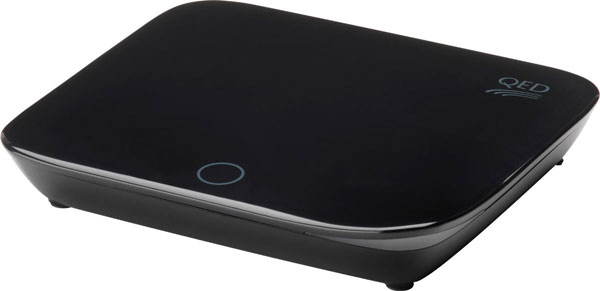 Earphones play a major part in this playback environment, and for a while I was also using Logitech’s Boombox wireless speaker, but I wanted to stream music directly to my hi-fi system. Docking my iPhone in my Pro-Ject DockBox Fi had the desired effect, but it also meant that my phone was way over there when the station needed changing or tracks called for skipping, while I was all the way over here. That seemed very 1976 rather than 2013. Then there was the hassle of docking a review Samsung Galaxy Note 2 in the iPod-specific dock, which seemed extremely unlikely. So when the local QED agent offered me a review sample of the company’s uPlay Plus Bluetooth receiver, I jumped at the chance.
Earphones play a major part in this playback environment, and for a while I was also using Logitech’s Boombox wireless speaker, but I wanted to stream music directly to my hi-fi system. Docking my iPhone in my Pro-Ject DockBox Fi had the desired effect, but it also meant that my phone was way over there when the station needed changing or tracks called for skipping, while I was all the way over here. That seemed very 1976 rather than 2013. Then there was the hassle of docking a review Samsung Galaxy Note 2 in the iPod-specific dock, which seemed extremely unlikely. So when the local QED agent offered me a review sample of the company’s uPlay Plus Bluetooth receiver, I jumped at the chance.
Features & Construction
The uPlay Plus is a simple little device, solidly built, elegantly styled and eminently fit for purpose. It’s compact enough to fit alongside most stereo components on a shelf, but discreet enough not to flash silly lights all the time or beep at inopportune moments. Controls are limited to a small touch-sensitive power/pair switch on the top surface, and hidden round back is a microUSB port for power (a wall-wart adapter is supplied), a pair of RCA phono jacks for the analogue output and a Toslink optical digital output.
This device is an evolution of QED’s uPlay Puck, but it’s been engineered to improve on its predecessor’s performance. For example, distortion levels have dropped from 0.05 percent in the Puck to 0.035 percent. The QED engineers have completely separated the analogue and digital components and circuitry from each other to keep the signal path free from interference. The inclusion of the optical output is a nice touch because it allows users to bypass the DAC in the uPlay Plus and use a high-quality external DAC if they have one.
The biggest change however, is that the Uplay Plus uses the latest generation of Bluecore 5 Bluetooth chipset, which supports the A2DP profile and SBC and aptX codecs. Bluecore 5’s benefits include advanced audio decoding (MP3, AAC, AAC+), superior audio quality over standard Bluetooth chipsets and ultra-low power consumption.
Sound Quality
Pairing is a simple process, as expected from any modern Bluetooth device – the days of pairing being problematic seem to be long gone. Once paired, the uPlay Plus defers to a gentle blue glow from the corner-mounted indicator light.
Hooked up using its analogue outputs to my hi-fi system (StereoKnight Silverstone Balance TVC passive preamp, Viganoni and Viganoni Sachem monoblock power amps and Theophany M5 Series 2 loudspeakers), the sound quality of the uPlay Plus never disappointed. It varied depending on the quality of the stream it was receiving from the phones, but there was more than enough resolution available to differentiate between a 48kbps stream and a higher quality 128 or 192kpbs stream.
It’s a smooth sounding device that manages to make the most of bad quality streams, but allows the better quality streams to shine through. For example, Pandora’s mobile streams are AAC+ run at a miserly 64kbps bitrate, but even on extended listening sessions they remain totally enjoyable. The scale of my system was still very much intact, as was its bass depth, speed and power – it’s light years ahead of any little wireless speaker and it should be at the price – in short, the experience is still good. Any loss of sparkle at the top end or a drop in spaciousness or three dimensionality is offset by the fact that the sound is still reasonably detailed, and of course by the millions of songs available ad-free, on demand and in-hand.
Yes, it’s a case of quantity over quality, which is the antithesis of hi-fi (high-fidelity, remember) and akin to blasphemy in many circles, but feel free to consider Bluetooth streaming as a musical detective agency if that makes you feel better. When you find music you like, add it to your “must buy a high quality version of this” list, but beware, that list will grow at a scary speed because there’s just so much good music out there.
The optical output doesn’t do much (if anything) with low quality streams. Enough information has been discarded from the original file that even a high quality external DAC can’t improve it. From 192kbps and up, there’s enough to make a difference, and if you’re streaming semi-decent or even CD quality music from your phone and you’ve got a good DAC in your rack, then the Toslink output makes sense but otherwise, just stick with the analogue outputs and enjoy yourself. With 320kpbs or CD quality files, the uPlay Plus makes for a nifty wireless transport capable of delivering a very decent dose of fidelity, even with Bluetooth in the way. Sure it’s never going to match a good CD player let alone my Marantz SA8260 but let’s all remember that this is a $249 unit.
Conclusion
With the expenditure of a few bucks, you could just plug your smartphone into your stereo or home theatre system using a 3.5mm to RCA adapter or cable. But then your phone has to live “over there”. Flag that! You may as well go back to a Nokia 2110 and forget that apps exist.
Having a phone hooked up to the uPlay Plus means that you can play any music stored on the phone as and when you chose, and can access an immense selection of music from online services while having the phone on you or next to you as you work, cook or laze around. Believe me, this is a hard habit to break once you get used to it.
If you own a Rotel RDD-06 DAC, then you’ll have a Bluetooth dongle in the box (bravo Rotel for being aware of modern trends). If like me, you don’t have a dongle, and you want to listen to music from your phone but still have the phone in your hand, then this is the answer. It’s the handiest, most paradigm-shifting device I’ve ever added to my stereo system and in conjunction with my phone; it sure has changed my audio experience for the better.
The only thing stopping me from keeping it is Arcam’s rBlink Bluetooth receiver, which should arrive for a review in the near future. There’s a very good chance that I’ll be hanging onto one of them for good. ASHLEY KRAMER

